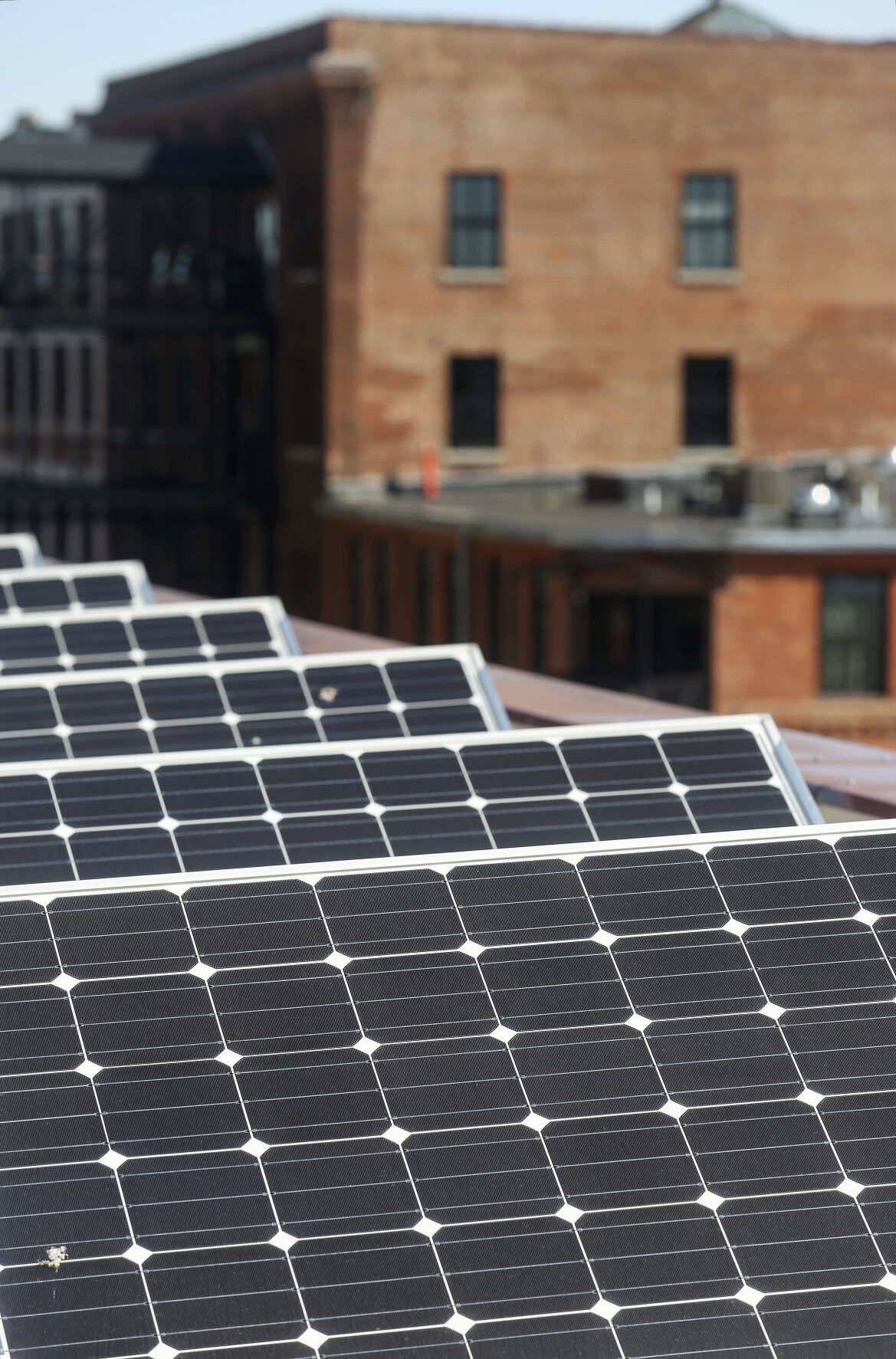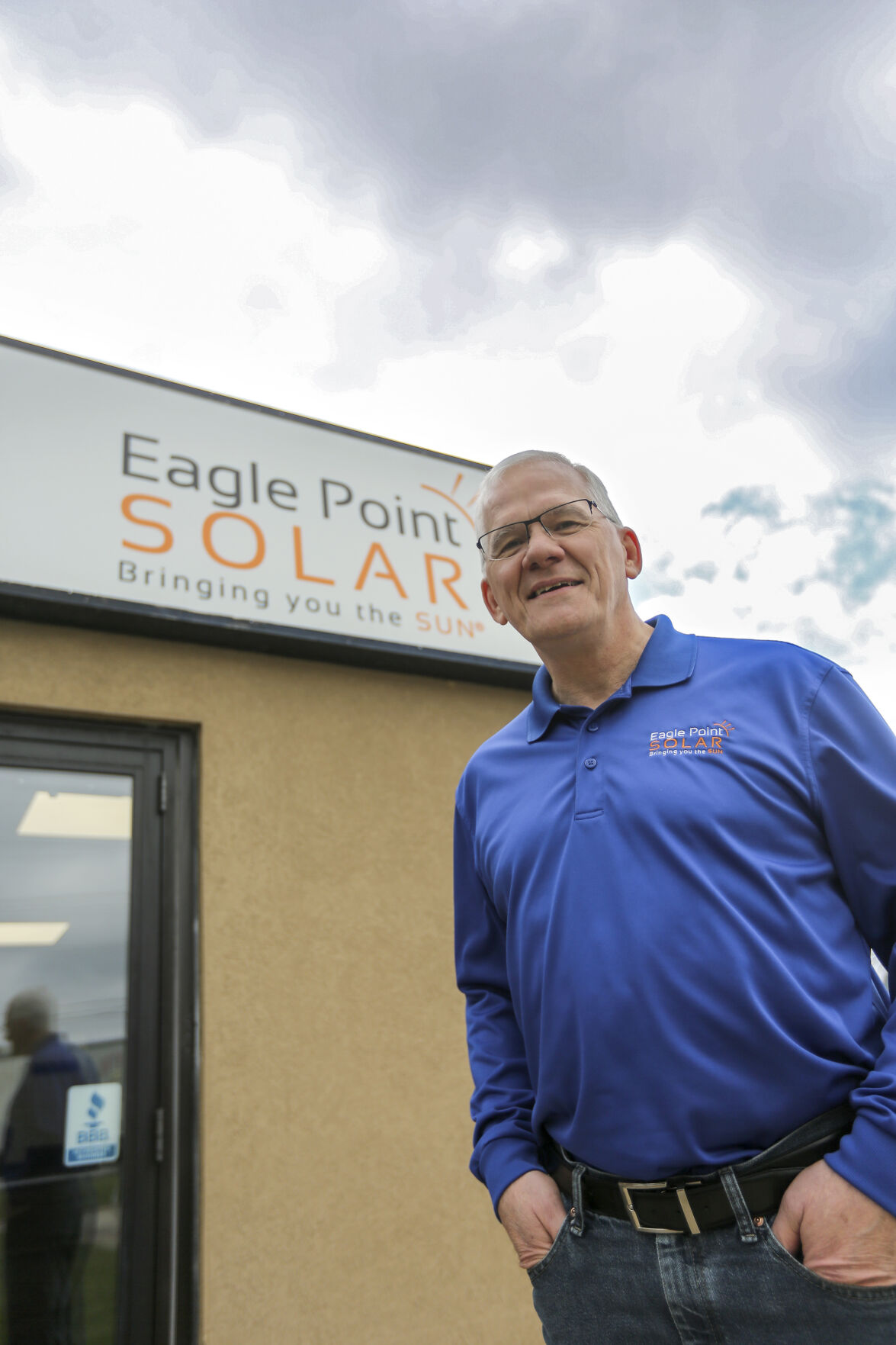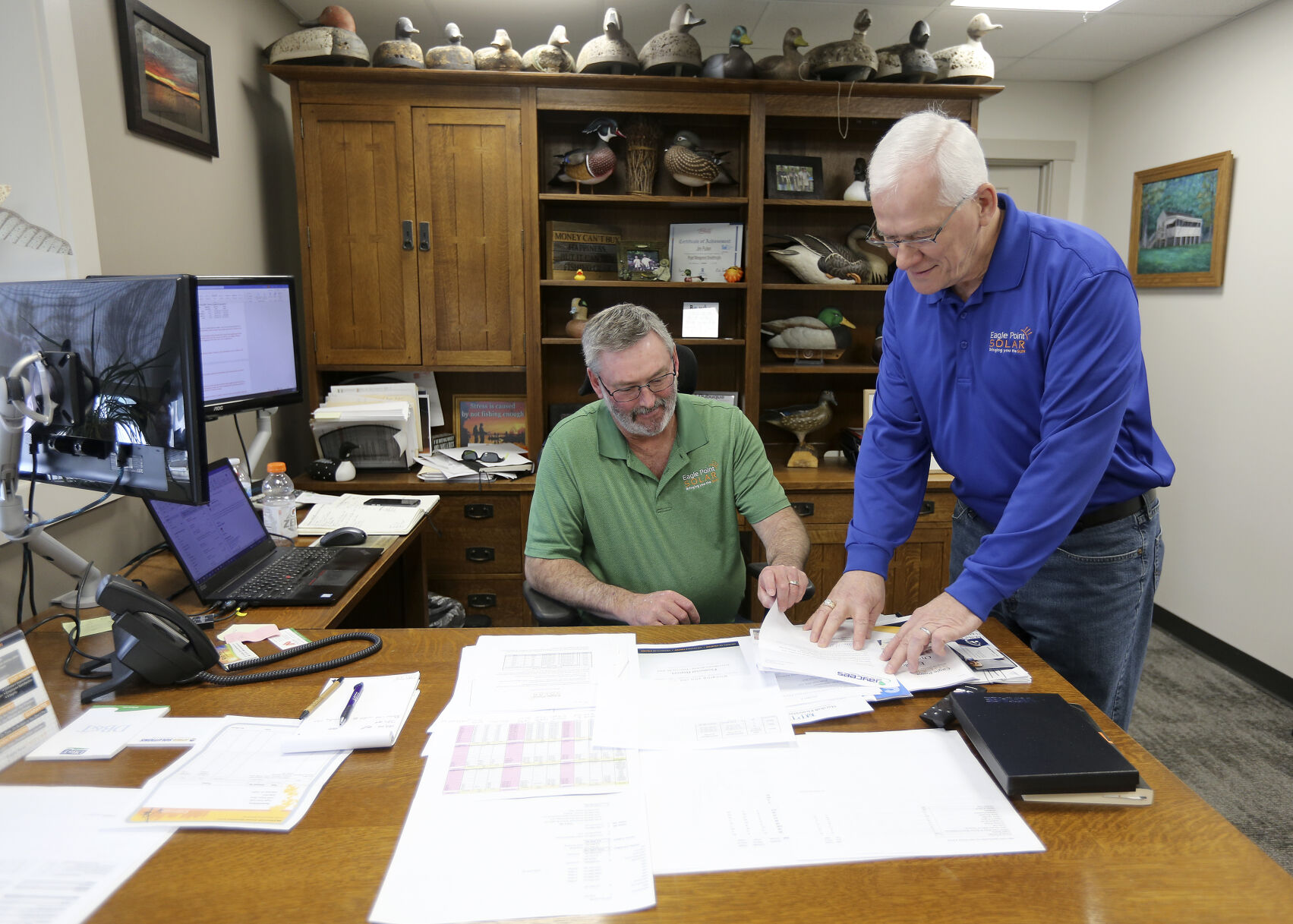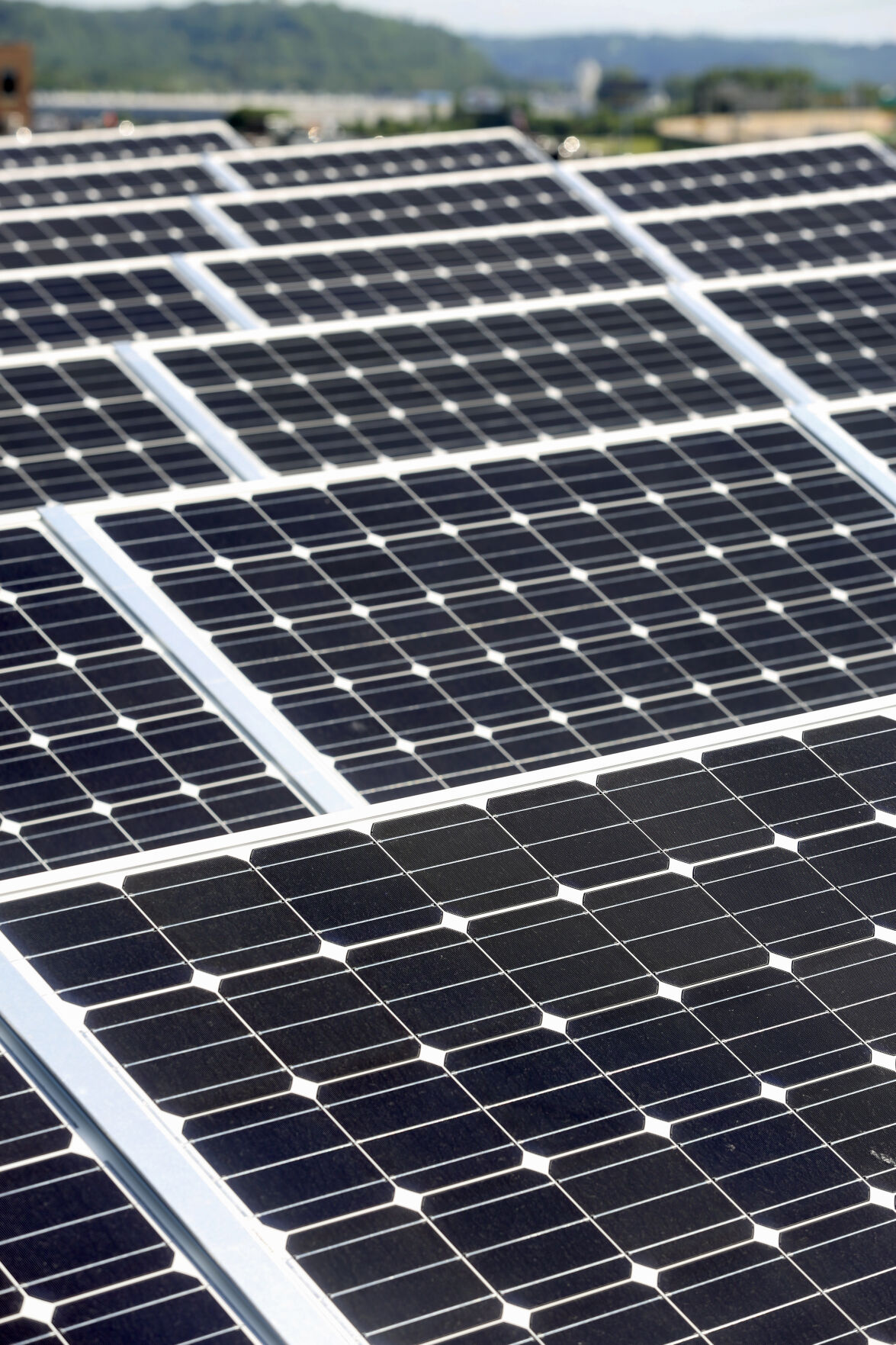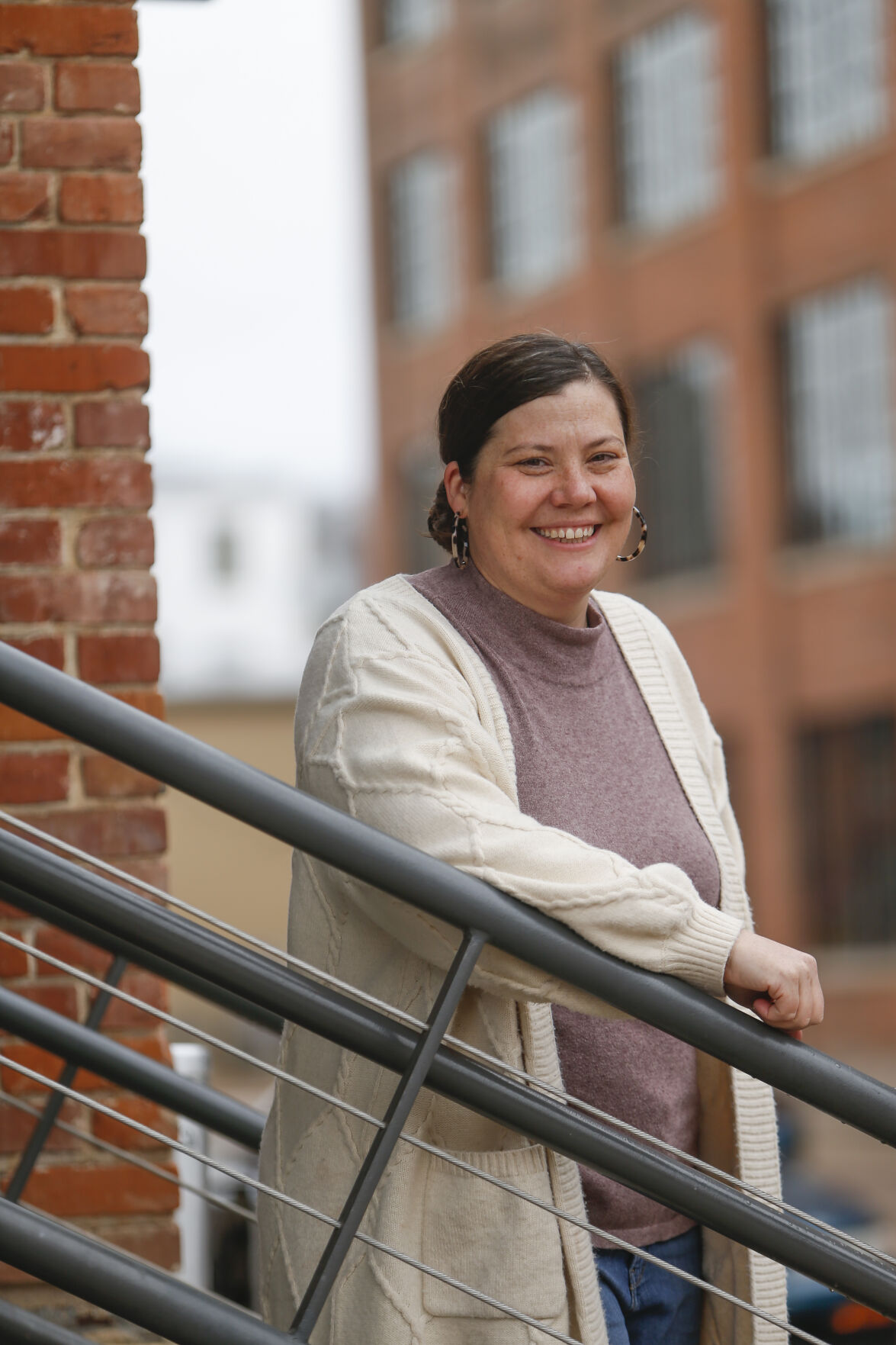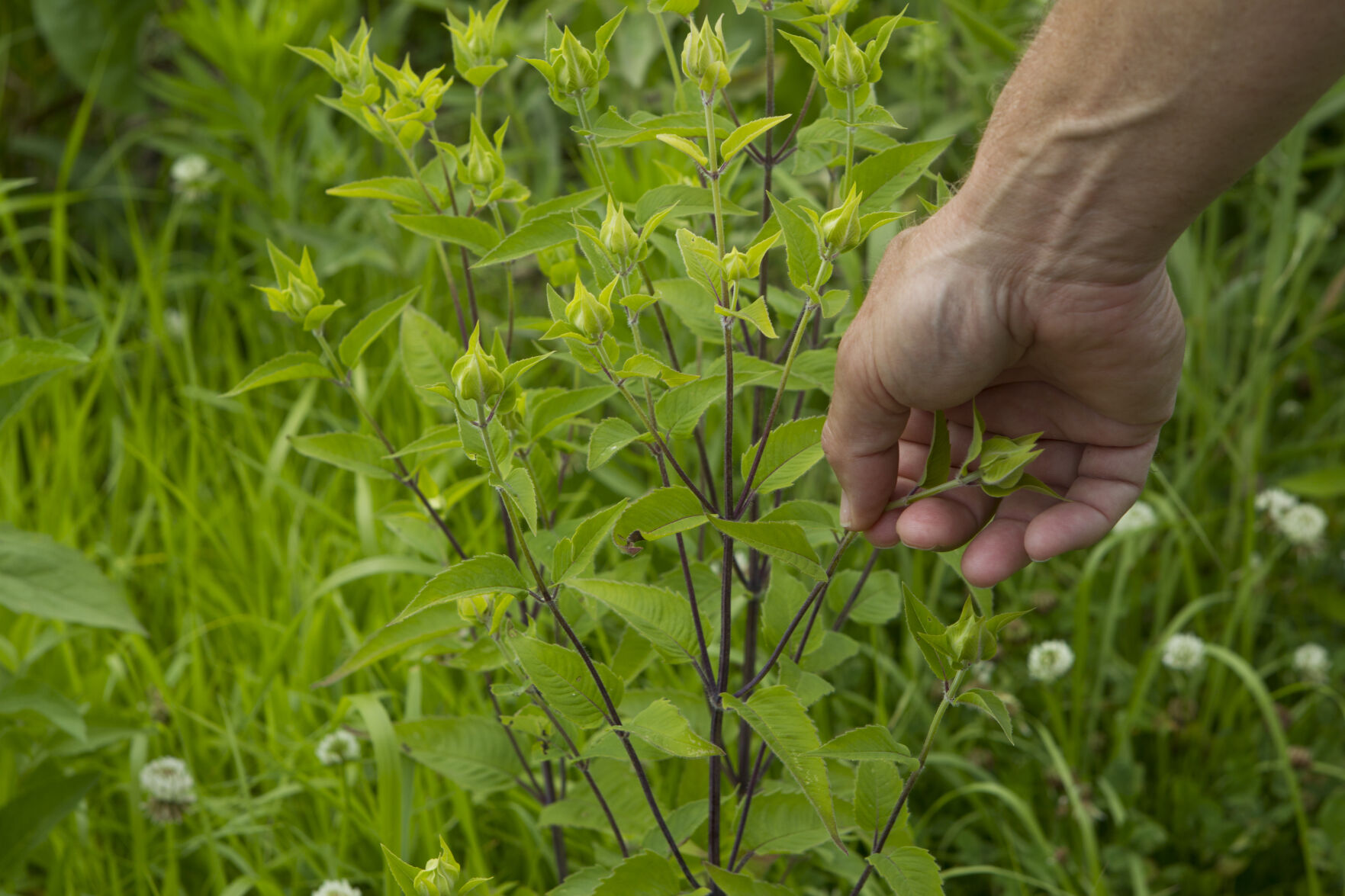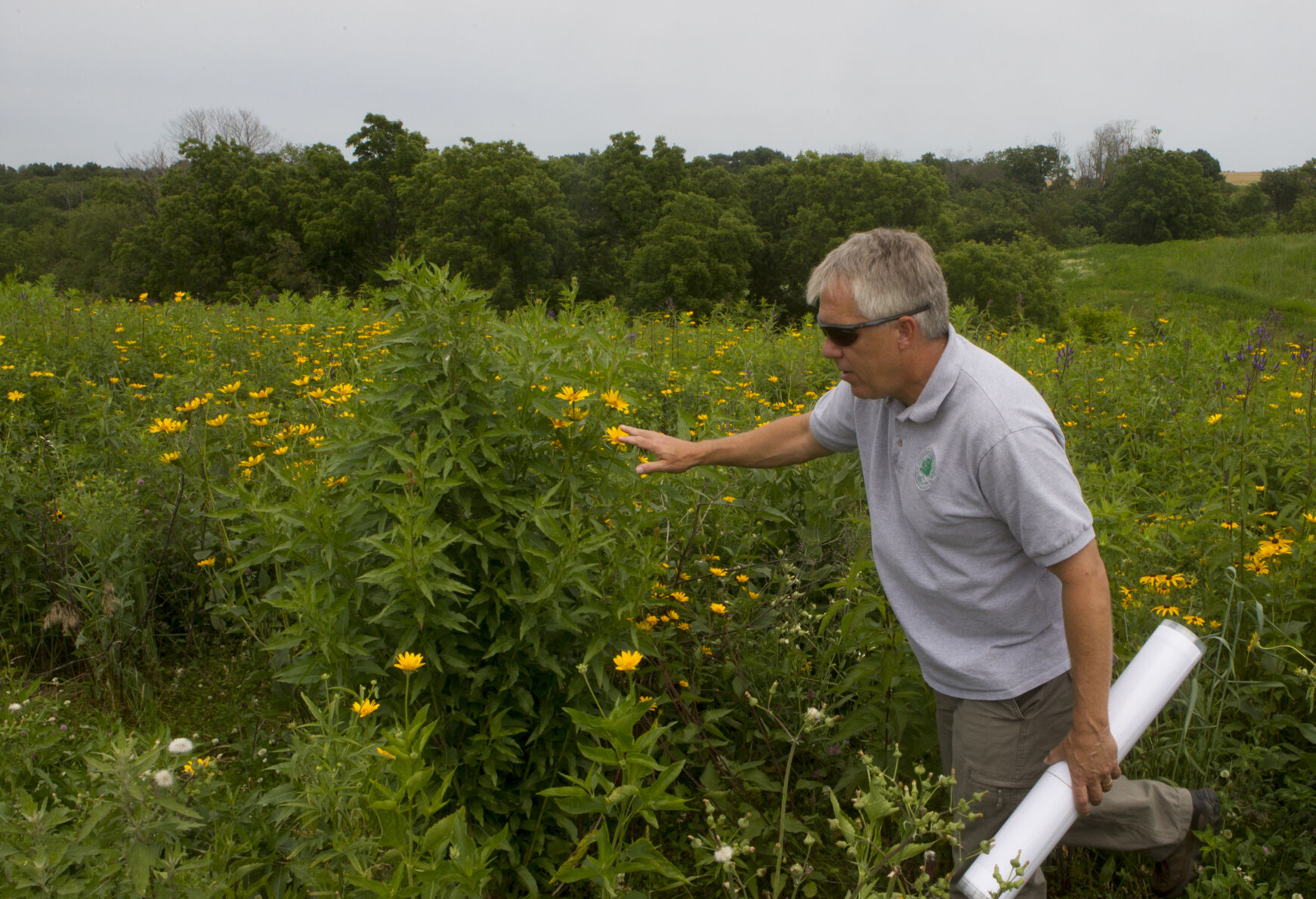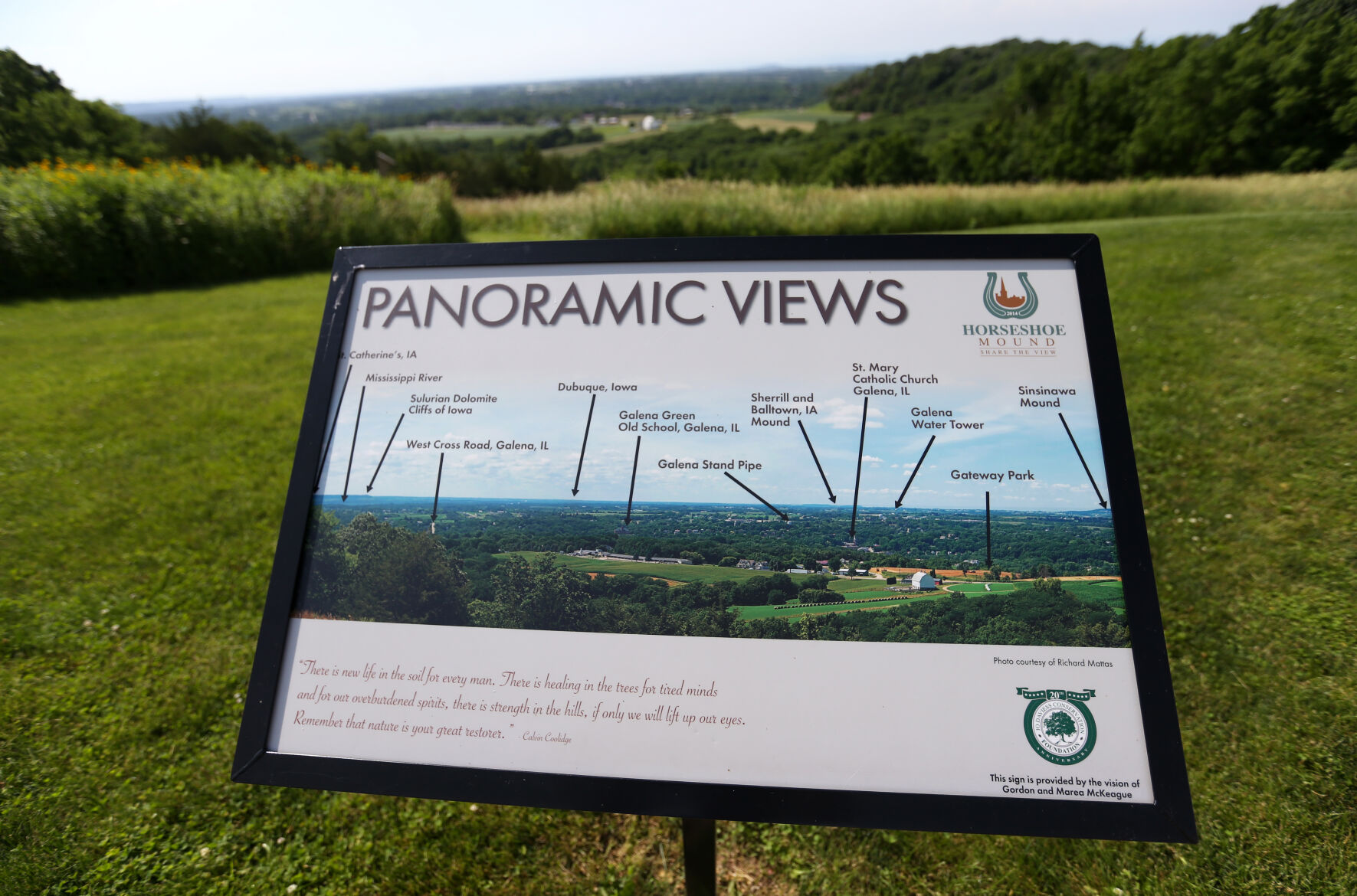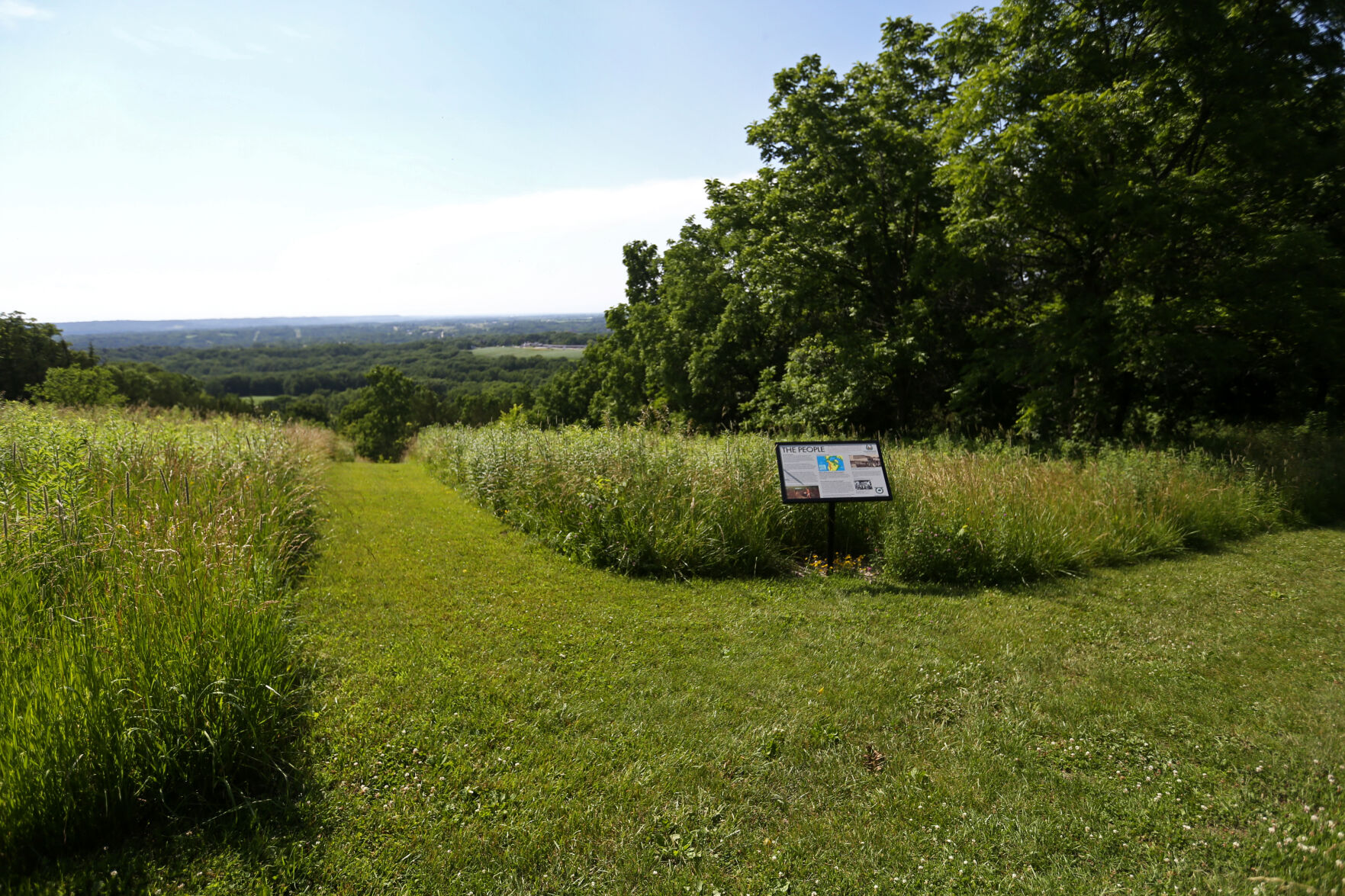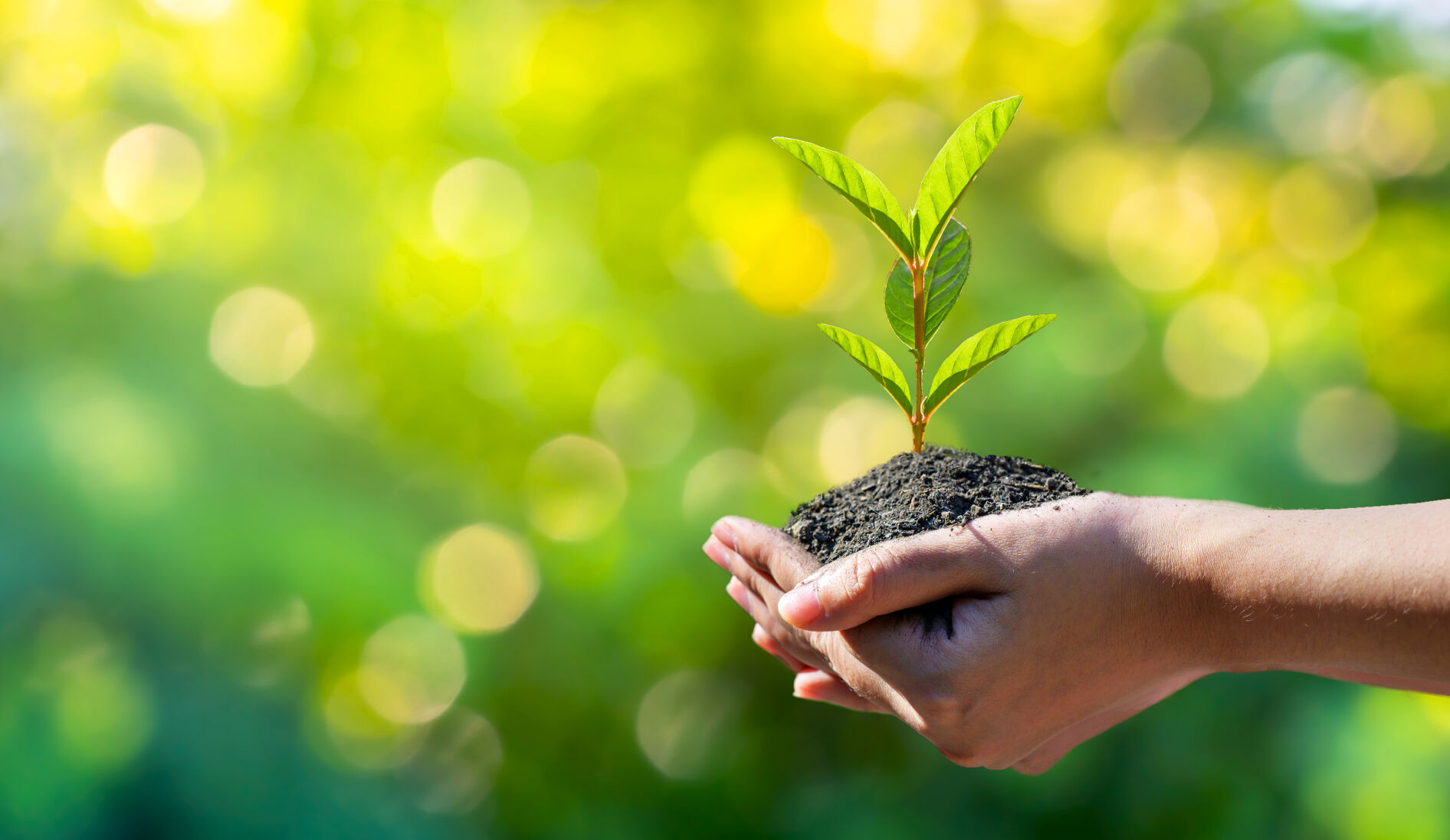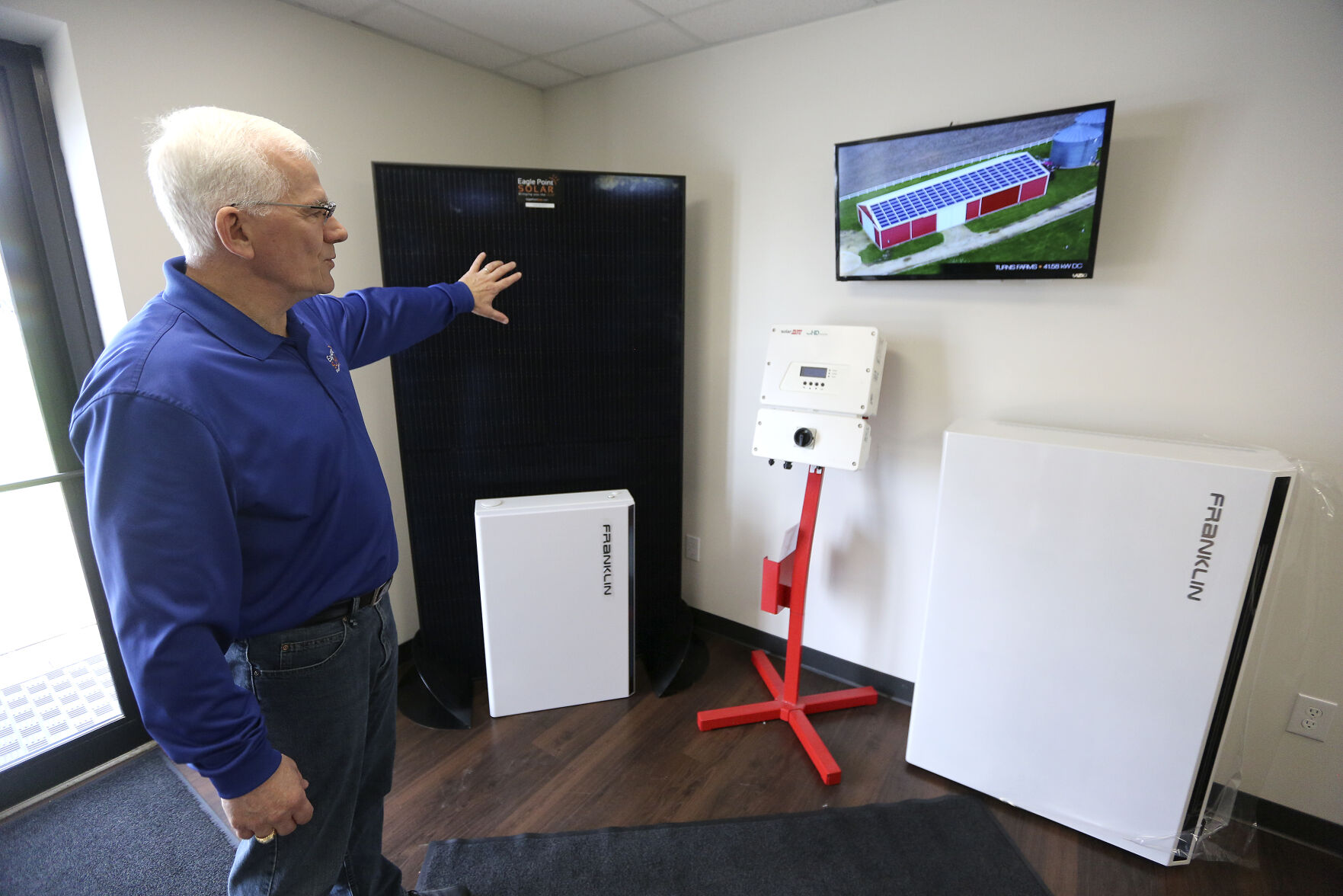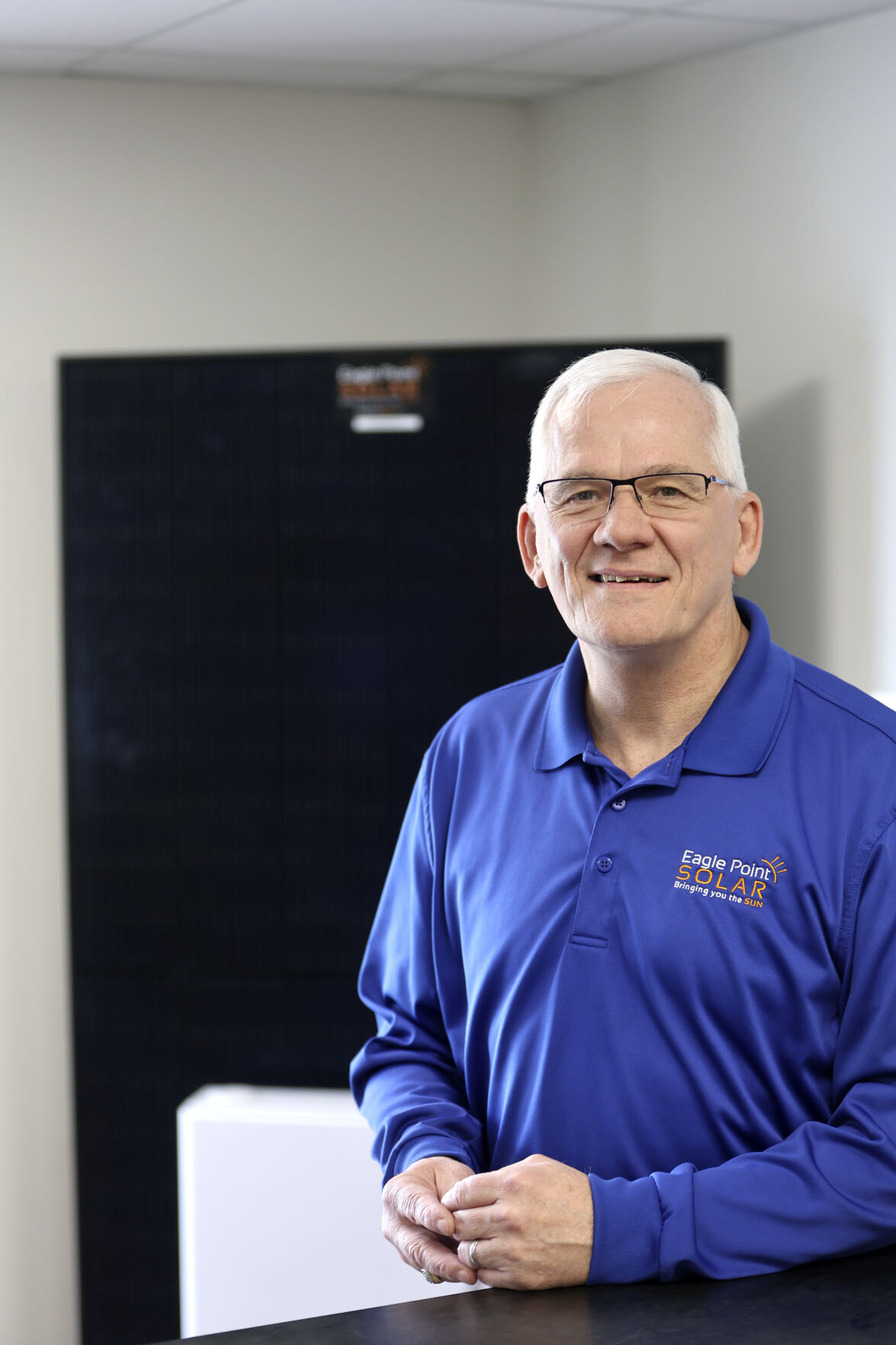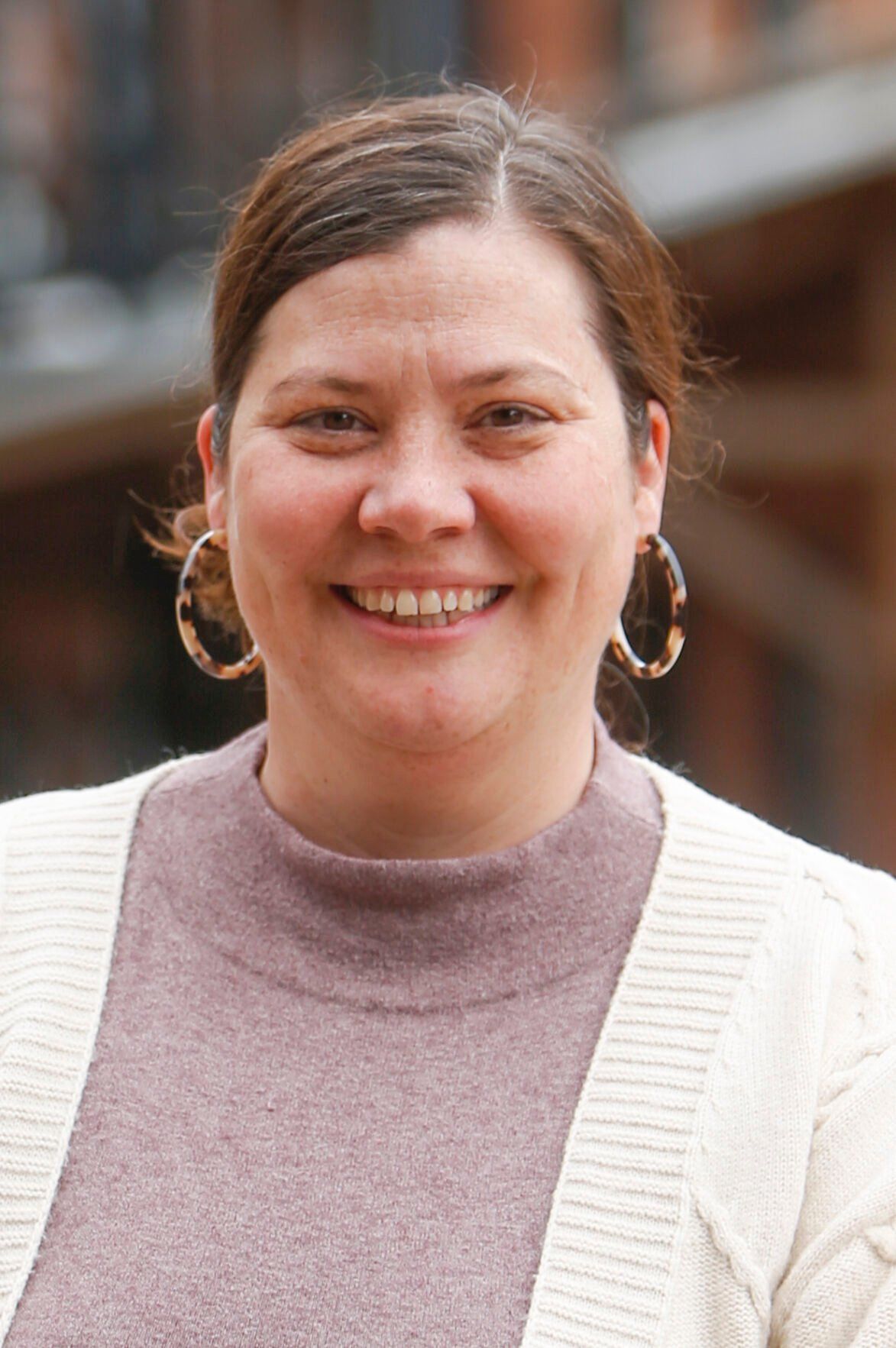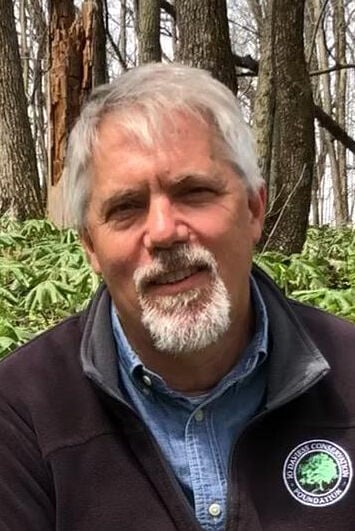Climate change and the environment are in the news on a daily basis. Those who lead efforts to care for the earth say it’s important because there is no plan(et) B.
Many area businesses and organizations are working to enact positive changes such as harnessing solar power, reducing carbon footprints and caring for the air, land and water.
The tri-states are rich in natural resources and these are a few of the organizations who are helping steward them.
Power from the sun
Harnessing solar power is helping to shape and transform the energy production and distribution of electricity across the U.S. and the world.
“Solar is a viable, safe, clean, affordable and proven technology for energy production,” said Larry Steffen, executive vice president of sales and marketing at Eagle Point Solar in Dubuque. “Solar allows us to reduce our dependence on the use of dirty energy extracted from fossil fuels including oil, gas or coal, which in return release harmful carbon dioxide into the atmosphere.”
Eagle Point Solar was founded by Barry Shear in 2010. In 2020, ownership was transferred to a group of four experienced employees and two local investors. In 2022, the business surpassed 100 full-time employees companywide. Its territory covers central and eastern Iowa, northern Illinois and southern Wisconsin.
The benefits of solar power for businesses include the ability to control energy bills and reduce exposure to future utility rate increases. With tax credits, solar renewable energy credits and energy grants, the cost to install solar panels can be reduced and tax liability also is reduced through federal and state tax credits.
Steffen explained that Eagle Point’s process to install solar panels always starts with education.
“By helping people understand how solar works, they learn about the positive environmental and financial impacts it can have on a business, household income, farm operation, municipality or academic institution,” he said.
After that, Eagle Point technicians conduct an on-site visit to review the property, take photos and measurements and examine electrical infrastructure. The design and engineering teams analyze the annual electric usage to create a customized solar analysis report. This report outlines costs, available incentives, depreciation, array size, return on investment, environmental impact and more.
They then review the information and determine a final design to submit to the client for approval.
“Before our team can install an array, it can take several weeks to prepare a project for installation,” Steffen said. “This often revolves around collecting the necessary permit approvals and equipment procurement.”
The installation of a solar array usually is completed in one or two days for an average residential or small commercial array, once all of paperwork is completed. Installation timeframes can vary based on weather, workload, equipment availability and other outside or uncontrollable factors.
Reducing the carbon footprint
Sustainable Dubuque promotes sustainability by offering engagement activities through its website, grants, events and other education opportunities. It can show local residents and businesses the action they can take to help make their homes and businesses more sustainable.
“Sustainable Dubuque began in 2007, driven by passionate Dubuque residents who wanted to celebrate community-wide environmental efforts and continue ongoing change,” said Gina Bell, who is sustainable community coordinator with the organization.
Former Dubuque Mayor Ray Buol’s dedication to support the Kyoto Protocol — a commitment by industrialized countries and economies in transition to limit and reduce greenhouse gas emissions in accordance with agreed individual targets — and the Dubuque City Council naming sustainability a top priority were factors involved in creating Sustainable Dubuque.
“Sustainable Dubuque was the vision for the community and by the community to rebound from economic challenges of the 1980s and a lost connection to the Mississippi River,” Bell said. “The 50% by 2030 greenhouse gas reduction goal isn’t owned by Sustainable Dubuque — it is a community-wide goal, and everyone needs to pitch in and do their fair share. We are all inheriting the changes to climate and its impacts.
“It isn’t about what businesses can do for Sustainable Dubuque, it is about what sustainability can do for businesses. Energy and water usage, waste removal or even just supplies can be a big cost factor for businesses. So, there is an opportunity for businesses to make informed decisions that help their bottom line while also benefiting the planet.”
The Inflation Reduction Act of 2022 provides a variety of funding and tax credits for going solar, adding insulation or installing energy efficient lighting or heat sources. These incentives also save businesses money. Sustainable Dubuque works with businesses to determine what solution will work for them.
“What Dubuque is achieving today though its Sustainable Dubuque model is the direct result of the knowledge and understanding that sustainability is a balanced approach to long term quality of life,” Bell said. “It is about providing residents and businesses with information so they can save money, save resources and reduce their carbon footprint. That is what is unique in Dubuque’s ability to continue to innovate and transform.”
Sustainable Dubuque’s city-led branch has done a variety of projects — most recently a tree voucher program, low carbon diet competition, a book club and a complete streets bike ride.
“At the core, Sustainable Dubuque is public-centered problem solving,” Bell said. “Addressing housing issues, high energy bills, transportation challenges through climate action and meeting the priorities for the community.”
Stewarding the land and water
The Jo Daviess (Ill.) Conservation Foundation, a land conservancy located in Jo Daviess County, was founded by a small group of people who loved the Driftless area’s forests, prairies, farmland and streams and wanted to ensure that beauty endured.
“Our mission is ‘To preserve and steward land and water for the lasting well-being of all people and wildlife,’” said Steve Barg, executive director of the organization. “We acquire conservation land from willing sellers that has quality habitat for wildlife, Native American cultural resources or important views. After acquisition we typically work to ecologically restore the land or keep it in regenerative agriculture. We open it to the public and have over 50 miles of trails.”
JDCF has worked on many projects, including Horseshoe Mound Preserve, which features 190 acres overlooking Galena with views of the Mississippi River and Driftless geology.
Another, Casper Bluff, borders the Mississippi River and includes a rich array of Native American heritage including the last remaining Thunderbird Effigy in Illinois. It’s a mound formed in the shape of a large raptor with a body measuring 80 feet long and a wingspan of 216 feet.
The preserve also has Illinois’ only green, conservation burial cemetery, Casper Creek Natural Cemetery, where people can be buried in natural ways including full-body natural burial, interment of cremains and ash scattering. The preserve harbors many acres of restored Illinois prairie and oak savanna habitats.
JDCF has a business membership program called premier partners, as well. Businesses can partner with JDCF in support of specific projects or offer in-kind support.
“We have around 80 business member partners from mom-and-pop-type shops to large corporate entities,” Barg said. “Because everyone depends on clean water, clean air and benefits from being outside in beautiful places to recreate, JDCF endures and grows.”
Teaching environmental sciences
In fall of 2020, University of Wisconsin-Platteville launched its bachelors degree program in environmental science and conservation .
“The B.S. in environmental science and conservation is a broad degree that challenges students to take a deep look at environmental issues and especially at the linkages between humans and the environment,” said Chris Underwood, chair of UW-P’s department of environmental sciences and society.
Sixty majors are pursuing the degree and 25 majors are pursuing the teaching bachelors in broad field science.
“The degree is both theoretical and applied, with multiple opportunities for faculty and students to use the outdoors as our classroom,” Underwood said. “Many of our courses have travel components, ranging from local and regional excursions to California, the Pacific Northwest, the Galapagos Islands, the Amazon rainforest and more. Graduates are well-versed in addressing environmental problems at both local and global levels.”
Though there’s no one solution to the conservation and sustainability practices faced by the tri-state area or the broader world, the work of many organizations and businesses continues to have an impact. Together with local residents, they strive every day to leave a lasting, sustainable future for the next generation.


